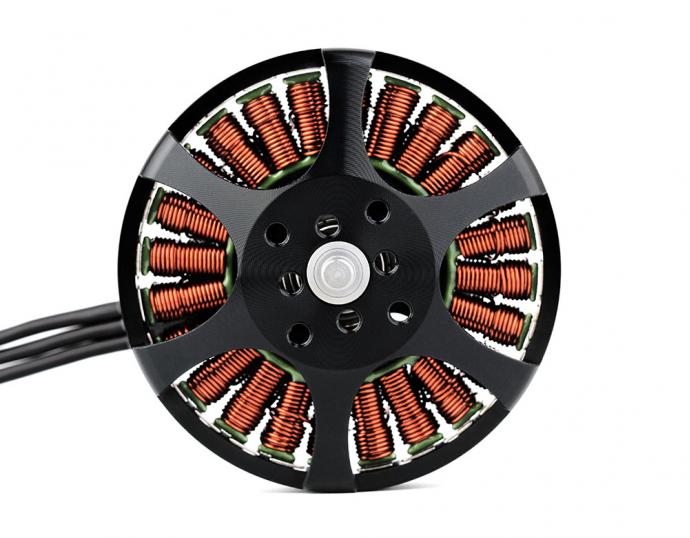In the realm of unmanned aerial vehicles (UAVs) or drones, enthusiasts, hobbyists, and professionals alike often find themselves pondering the intricacies of their intricate components. Among these components, the type of motor that powers a drone is a topic of keen interest. Are drone motors AC or DC? This seemingly simple question holds the key to understanding the core of drone technology. In this comprehensive article, we will delve into the world of drone motors, exploring their design, functionality, and the power source that drives these aerial wonders. So, without further ado, let's take flight into the realm of drone motor technology.

When we talk about drone motors, it's essential to grasp the fundamental distinction between alternating current (AC) and direct current (DC). These two electrical systems have contrasting characteristics and applications, which play a pivotal role in defining the operation of drone motors.
Direct current (DC) motors are the most common type of motors found in drones. These motors operate on a straightforward electrical principle. When electric current flows through a coil within a magnetic field, it generates rotational motion. In DC motors, the flow of current is unidirectional, making them efficient and well-suited for the compact design and precise control required in UAVs.
Within the realm of DC motors, there are two primary subtypes: brushed and brushless DC motors.
Brushed DC motors, as the name suggests, employ brushes and a commutator to switch the direction of current flow in the coil, creating rotation. These motors are known for their simplicity and affordability. However, they have limitations in terms of durability and maintenance due to the wear and tear of the brushes.
On the other hand, brushless DC motors have gained immense popularity in the drone industry. These motors utilize electronic controllers to manage the flow of current, eliminating the need for brushes and commutators. The absence of physical contact components results in increased efficiency, reduced maintenance, and longer lifespan—attributes highly desirable for drone applications.
While DC motors dominate the drone industry, there are instances where alternating current (AC) motors find application. However, these instances are relatively rare and limited to specific drone types. AC motors, characterized by their bidirectional current flow, offer unique advantages, such as higher power output and efficiency. Still, they are less commonly used due to their complexity and the need for additional electronic components to convert DC power to AC.
Now that we've established the fundamental difference between AC and DC motors in the context of drones, it's crucial to delve into the factors that influence motor selection. When engineers and drone manufacturers decide whether to use AC or DC motors, several key considerations come into play.
The intended purpose of a drone plays a pivotal role in motor selection. Drones designed for photography and videography often favor brushless DC motors due to their quiet operation and precise control. In contrast, heavy-duty industrial drones, used for cargo transportation or agriculture, might opt for AC motors to harness their power for lifting heavier payloads.
Power efficiency is a critical factor in drone design. DC motors, particularly brushless variants, are known for their energy efficiency, making them an ideal choice for drones where extended flight times are essential.
Brushed DC motors, while cost-effective initially, may incur higher maintenance costs due to brush wear. Brushless DC motors, while more expensive upfront, tend to have lower maintenance costs over their lifespan.
In the world of drones, every gram counts. DC motors, being compact and lightweight, align well with the stringent weight and size constraints imposed on UAVs.
In the realm of drone motors, the question, "Are drone motors AC or DC?" leads us into a fascinating exploration of the intricacies of UAV technology. While AC motors find niche applications in specific drone types, the overwhelming majority of drones employ DC motors, with brushless DC motors reigning supreme. The choice between AC and DC motors hinges on a range of factors, from the drone's purpose and payload to considerations of efficiency, cost, and maintenance.
In this article, we've unveiled the power behind UAV propulsion, shedding light on the nuances of drone motor technology. Whether you're a drone enthusiast seeking knowledge or a professional looking to optimize your drone fleet, understanding the heart of your UAV's propulsion system is a crucial step.
So, the next time you gaze up at the skies and watch a drone effortlessly maneuver through the air, remember that it's the silent hum of DC or the rare hum of AC motors that keeps it soaring, capturing breathtaking moments from above.

Comments
0